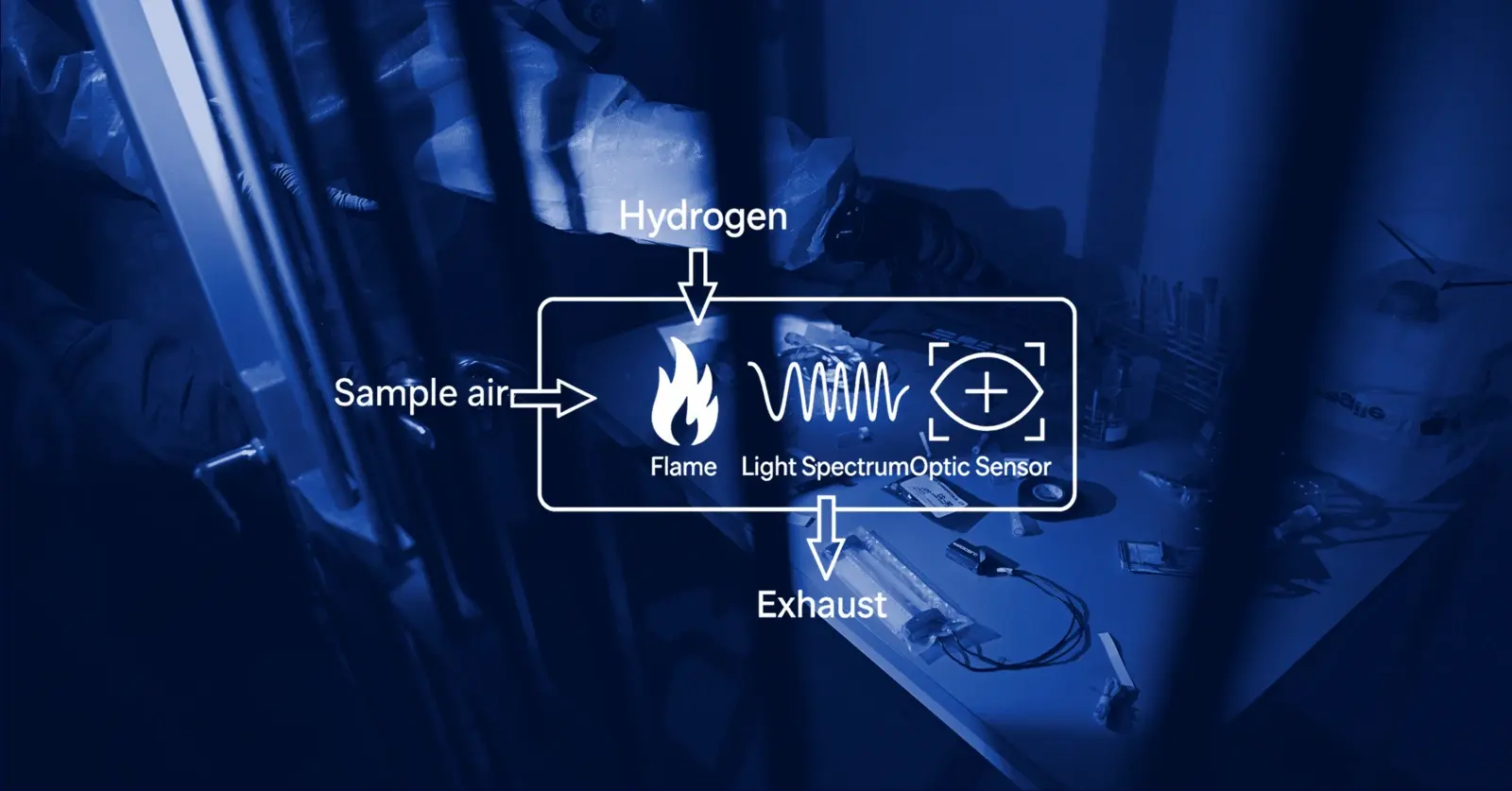$
One Threat, Multiple Technologies: Why Should FPD Always Be in Your CBRN Toolbox?
Proengin

In today’s world, CBRN threats are rapidly evolving, becoming more complex, more unpredictable, and more diverse. Warfighters’ needs are evolving, and expectations are growing because every second matters in the field, making the right equipment, awareness, and training indispensable for saving lives. Are there ideal solutions that can detect and identify all threats? A solution able to operate with high sensitivity can detect quickly all threats in all forms?
In this article, we explore why relying on a single detection is no longer an option and how Proengin’s FPD technology provides a unique and essential layer in a modern, multi-technology CBRN detection strategy. Why is FPD establishing the gold standard for CBRN readiness?
CBRN Challenge: Complex and Unknown
CBRN detection is facing new levels of complexity. The increasing availability of harmful chemicals, driven by heightened industrial activity and global instability, contributes to a higher likelihood of chemical events—both accidental (industrial spills, transportation accidents) and deliberate (terrorist attacks, chemical suicides). Moreover, the recent use of chemical weapons in conflicts and the rise of new threats like Novichok-type agents are challenging military and civil protection needs.
Non-binary agents and improvised chemical cocktails can be created with relative ease and deployed in unpredictable ways — some of which may not be catalogued in existing detection libraries.
Adding to this challenge is the physical form of the threats themselves. The majority of agents disperse in liquid, solid, oily, powdered, or aerosol forms, while several detection technologies on the market are optimized for gases.
Forces need to be ready to face a broad spectrum of threats in both urban and battlefield environments.
Detection Technologies on the Market: Strengths and Limitations
Let’s take a closer look at some technologies: Ion Mobility Spectrometry (IMS), Mass Spectrometry (MS), Raman Spectroscopy, and Flame Photometry (FPD). While each has its strengths, they differ significantly in terms of response time, usability in the field, and detection capabilities.
IMS is widely deployed due to its compact format and its ability to categorize known chemical agents in gas form. However, it is limited to gases and relies on preloaded library to function, which may not include emerging or unknown threats. In contrast, Raman and MS can analyze liquids and solids and are valuable for precise identification—but these technologies are either limited by environmental conditions (in the case of Raman) or better suited to laboratories or large mobile units (in the case of MS). FPD, on the other hand, stands out by offering rapid detection in seconds, without the need for a database. It is capable of detecting a broad range of threat types—CWA, TICs, NTAs, Novichok-type agents—in multiple forms: gas, aerosol, liquid, and solid. Unlike other technologies, FPD is an open system that uses no input filter. It can therefore directly analyze aerosols.
FPD and some IMS-based solutions are specifically designed for harsh conditions—FPD systems, in particular, are resistant to extreme temperatures, high humidity environment, saline spray, and physical shocks. While IMS offers categorization in about 30 seconds to 2 minutes, FPD provides near-instant alerts, helping operators make rapid decisions. The two approaches are not in opposition: FPD acts as a fast, universal detection layer, while IMS or Raman can be used afterwards for more detailed identification—making them highly complementary.
Complementarity: The winning combination in the field
In real-world operations, no single technology can cover all needs. Effective CBRN response relies on a multilayered detection strategy, combining rapid alert capabilities with more detailed identification tools. In this setup, FPD technology plays a decisive frontline role, complementing technologies like Raman, MS, or IMS.
For example: used together, FPD and IMS form a robust detection pair. FPD triggers the alarm—regardless of the agent’s form or identity—while IMS (or other identification tools) refines the analysis when needed. This combination provides both speed and specificity, ensuring that forces can react quickly, investigate further, and adapt their response accordingly. It’s a force multiplier for units in the field: rugged, quick, and adaptable.
Ultimately, integrating FPD into a detection toolbox doesn't replace other technologies—it enhances them. By bridging the gap between detection and identification, it ensures continuous situational awareness, reduces response time, and increases overall mission effectiveness.
Detection starts with the right tools.
Contact Proengin to make FPD part of your mission-ready detection kit.
